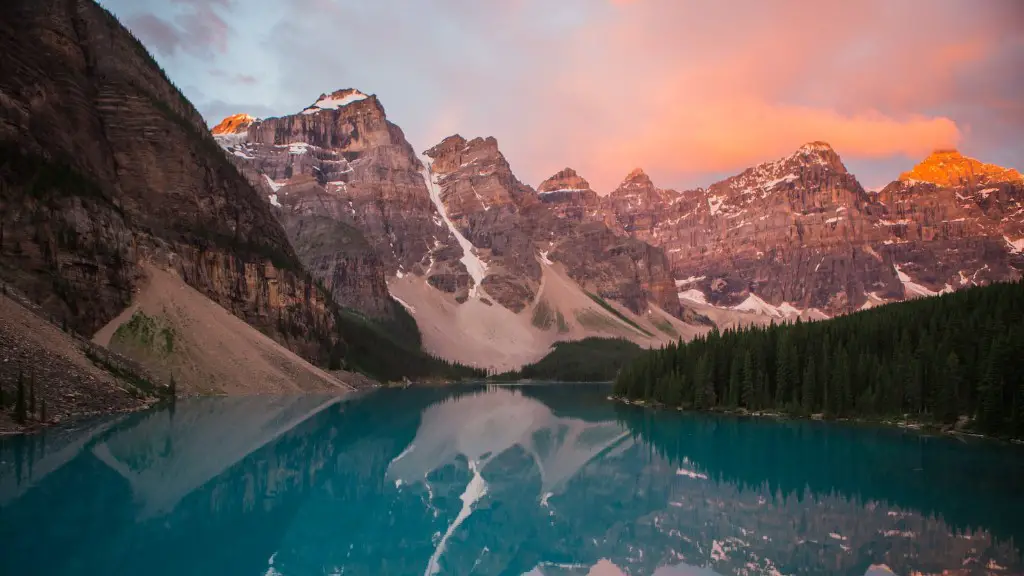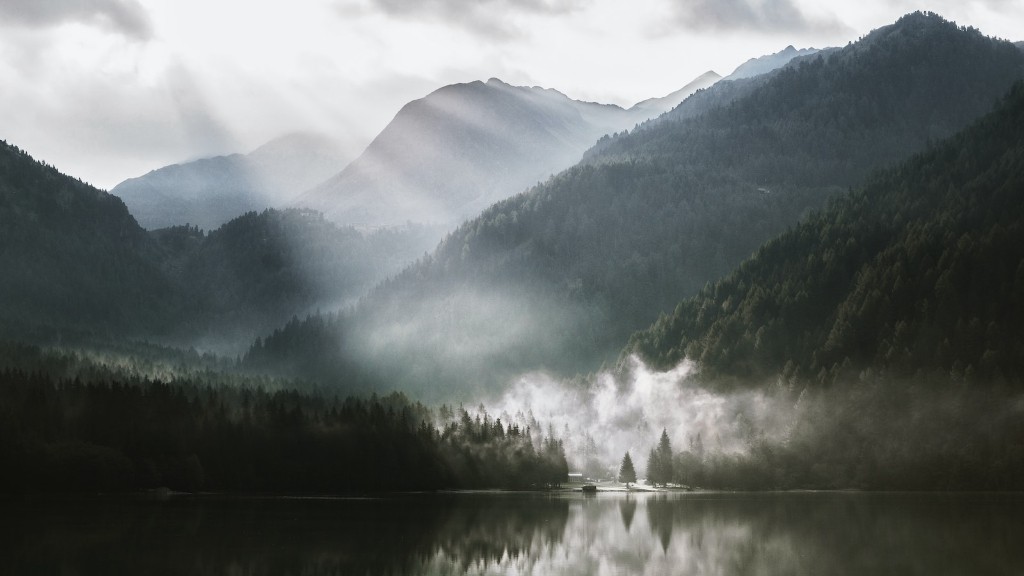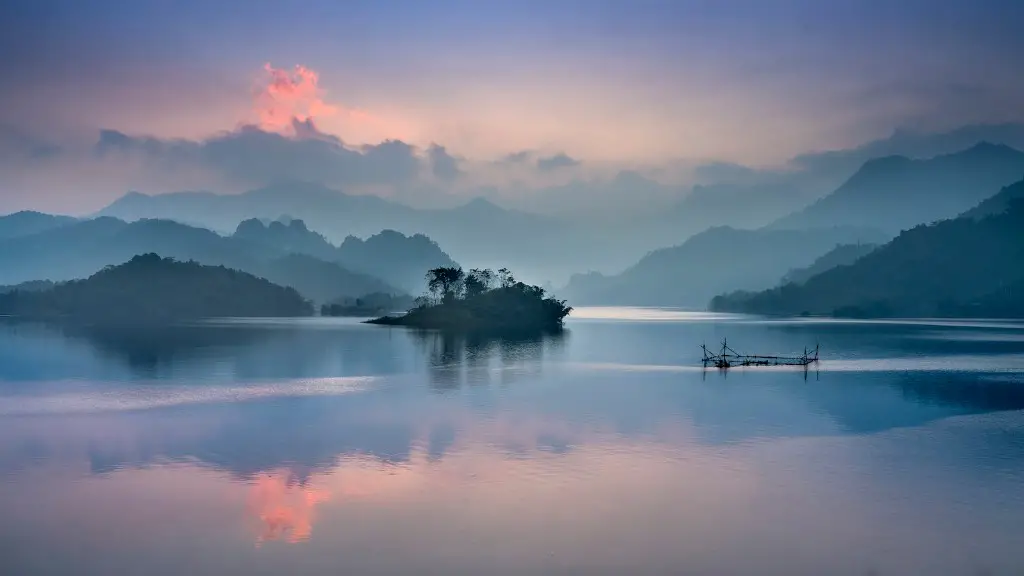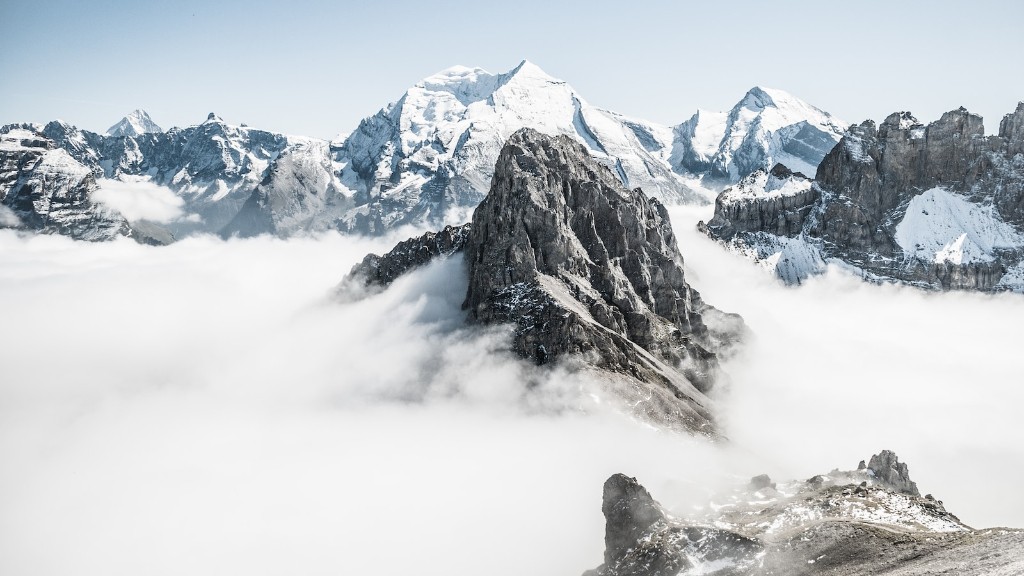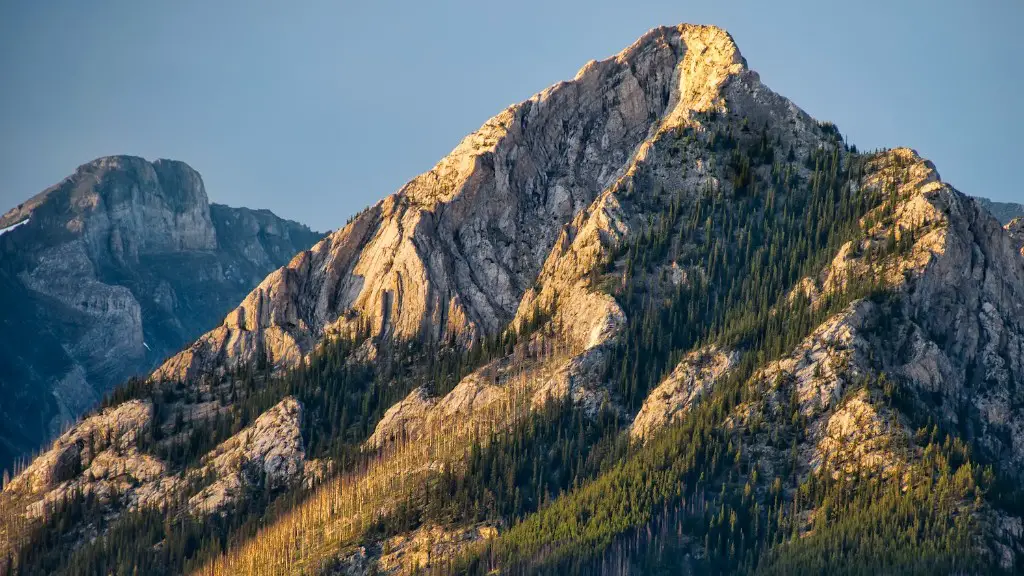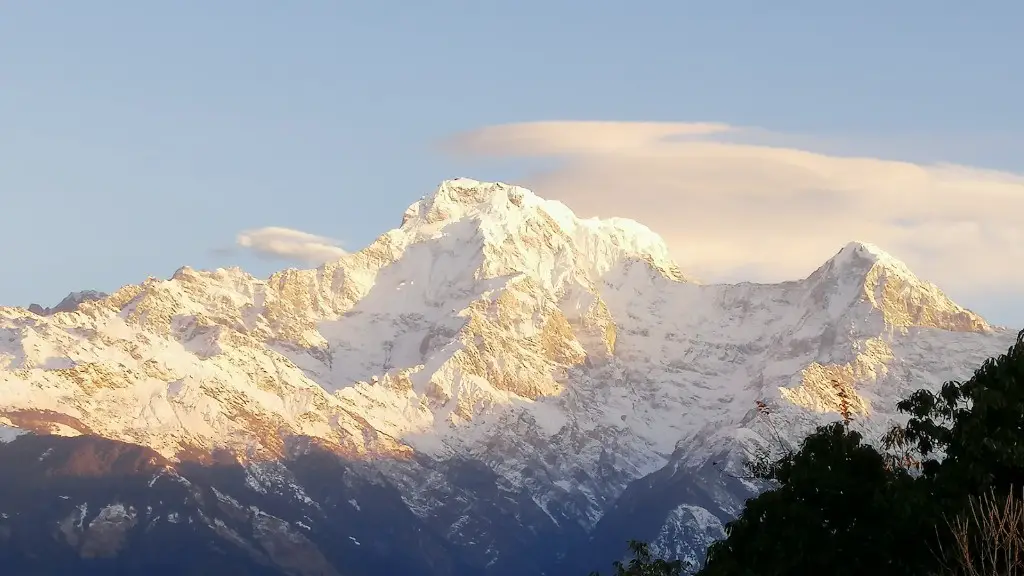Mount Fuji is a mountain located in Shizuoka Prefecture, Japan. It is the highest mountain in the country and is considered a sacred mountain. Mount Fuji has been a popular destination for tourists and hikers for many years. It is also a popular subject for artists and photographers.
In Japan, Mount Fuji is a sacred symbol of the country. The mountain is considered to be a holy place where people can go to find peace and harmony. The mountain is also seen as a place of worship, and many people visit the mountain to pay their respects to the gods.
Is Mt. Fuji a sacred mountain?
Japan has a long and unique history with both Shinto and Buddhism coexisting peacefully for centuries. One of the most important aspects of both religions is their shared belief in the sacredness of Mount Fuji.
For the Japanese people, Mount Fuji is much more than just a beautiful mountain. It is a symbol of their country and its culture, and is revered as a sacred place. Many people make pilgrimages to the mountain each year, and it is a popular spot for hiking and climbing.
Mount Fuji is also an important part of the Japanese landscape, and can be seen from many parts of the country. It is often depicted in art and literature, and is a popular subject for photographers.
Despite its popularity, Mount Fuji is a dangerous place, and several people die each year trying to climb it. The mountain is also at risk from volcanic activity, and a major eruption could have devastating consequences for Japan.
Despite the risks, the Japanese people continue to hold Mount Fuji in high esteem, and it remains an important part of their culture and history.
Mt Fuji is a popular destination for shugenja, practitioners of Shugendo, an acetic mountain worship faith. Shugenja undergo training at the various shrines at the base of the mountain, and even the lower classes are known to make pilgrimages here. The numerous shrines are a testament to Mt Fuji’s spiritual and historical significance.
What is the spiritual value of Mt. Fuji
Mt. Fuji has been revered as a sacred mountain for centuries, due to its exceptional beauty and violent eruptions. In ancient times, the Japanese people worshipped Mt. Fuji from afar, erecting the Asama Shrine at its foothills to pray for an easing of the eruptions. Today, Mt. Fuji remains an important symbol of Japan, and is a popular destination for tourists from all over the world.
The belief that there are countless gods and goddesses dwelling in every thing and occurrence in the world is something that has been deeply rooted in Japanese culture for a long time. This is likely because Japan is a country that is mostly covered by mountains, and so mountains often became the object of this belief.
What is the story behind Mount Fuji?
Mt Fuji is a very important mountain in Japanese society and culture. It is the source of many myths and legends, and is home to multiple deities. The most famous of these is the goddess Sengen, also known as the Goddess of Fuji. Her temple is said to have once been located on the summit of the mountain. Mt Fuji is a very popular tourist destination, and is also a UNESCO World Heritage Site.
1. Mount Fuji is actually three volcanoes in one.
2. Women were forbidden to climb it until 1868.
3. It is a sacred mountain.
4. It was first climbed by a monk.
5. It is a symbol of Japan.
6. It is an active volcano.
7. It last erupted in 1707.
8. It is surrounded by five beautiful lakes.
9. On a clear day, you can see Mount Fuji from Tokyo.
10. It is one of the Seven Wonders of Nature.
What does Mount Fuji symbolize in Japan?
Mount Fuji is one of Japan’s most iconic symbols and has been a source of inspiration for Japanese people for centuries. Its beautiful shape and majestic presence leaves a deep impression on everyone who sees it, and it fills their hearts with a sense of sublime joy. Mount Fuji is a symbol of faith for Japanese people, and it is a place of great admiration.
Mountain climbing is an activity that is perfect for thrill seekers. Fuji is a mountain that is sacred to the Goddess Sengen-Sama and is also a gateway to another world according to Japanese Buddhists. This makes it the perfect place for thrill seekers to explore. There are many different routes that you can take to the top of the mountain, each offering its own challenges and rewards. No matter which route you choose, you are sure to enjoy the breathtaking views and the sense of accomplishment that comes with reaching the summit.
What goddess lives in Mt. Fuji
Sakuya-hime is a beautiful and gentle goddess who is deeply loved by all. She represents the fragility and preciousness of life, and is a reminder that even the most delicate things can be incredibly strong. Her flowers, the sakura, are a symbol of hope and new beginnings, and remind us that even in the darkest of times there is always something to look forward to.
Sacred mountains play an important role in many religions and are often the subject of legends. For many people, the most symbolic aspect of a mountain is the peak, as it is believed to be closest to heaven or other religious realms. Sacred mountains often have great significance for those who believe in them and can be powerful places of worship.
What are the 3 sacred mountains in Japan?
The three Sacred Mountains of Dewa in Yamagata Prefecture are highly revered in Shugendo, the Japanese practice of mountain asceticism. These mountains are Mt Haguro, Mt Gassan, and Mt Yudono, all of which are located in the Tohoku region of Japan. Shugendo is a Unique form of asceticism that combines elements of Buddhism, Shinto, and Taoism, and is based on the belief that by spending time in the mountains, one can purify themselves and attain enlightenment.
Mount Haku is located in the northern part of Japan’smain island of Honshu. It is the tallest mountain in the Tohoku region and is considered to be one of the country’s most sacred mountains. Every year, thousands of people make the pilgrimage to the summit of Mount Haku.
How many deaths did Mount Fuji cause
The eruption of Mount Fuji in Japan in 1707-1708 was one of the largest in recorded history. It ejected 08 cubic km of ash, blocks, and bombs, and caused widespread damage. Five historic eruptions have caused damage, including the 1707-1708 eruption, but no fatalities. Fuji had two large eruption (VEI=5) in 1050 and 930 BC.
Mt. Fuji is the tallest mountain in Japan and is considered one of the most beautiful mountains in the world. It is often depicted in Japanese paintings and literature and is now globally recognized as a symbol of Japan.
How did Mount Fuji affect humans?
The eruption of Mount Hōei in 1707-1708 had a disastrous effect on the people living in the Fuji region. The tephra released from the volcano caused an agricultural decline, leading many in the Fuji area to die of starvation. Volcanic ash fell and widely covered the cultivated fields east of Mount Fuji, causing great hardship for the people living in the area.
Fujinomiya city is a great place to stay if you want to visit Mount Fuji. The city is a short drive from Shin-Fuji station, which takes just over an hour from Tokyo station on the bullet train. There are plenty of hotels and ryokans (traditional Japanese inns) in the city, as well as a number of good restaurants. If you’re looking for a place to enjoy the views of Mount Fuji, Fujinomiya is a great option.
Conclusion
Mount Fuji is a sacred mountain to the Japanese people because it is the highest mountain in the country. It is also a symbol of Japan.
There are many reasons why Mount Fuji is a sacred mountain, but one of the most important reasons is that it is the tallest mountain in Japan. This means that it is the closest mountain to the sun and the moon, and it is also the most visible mountain from Tokyo. Mount Fuji is also a from a volcanic crater, which is another reason it is considered sacred.
